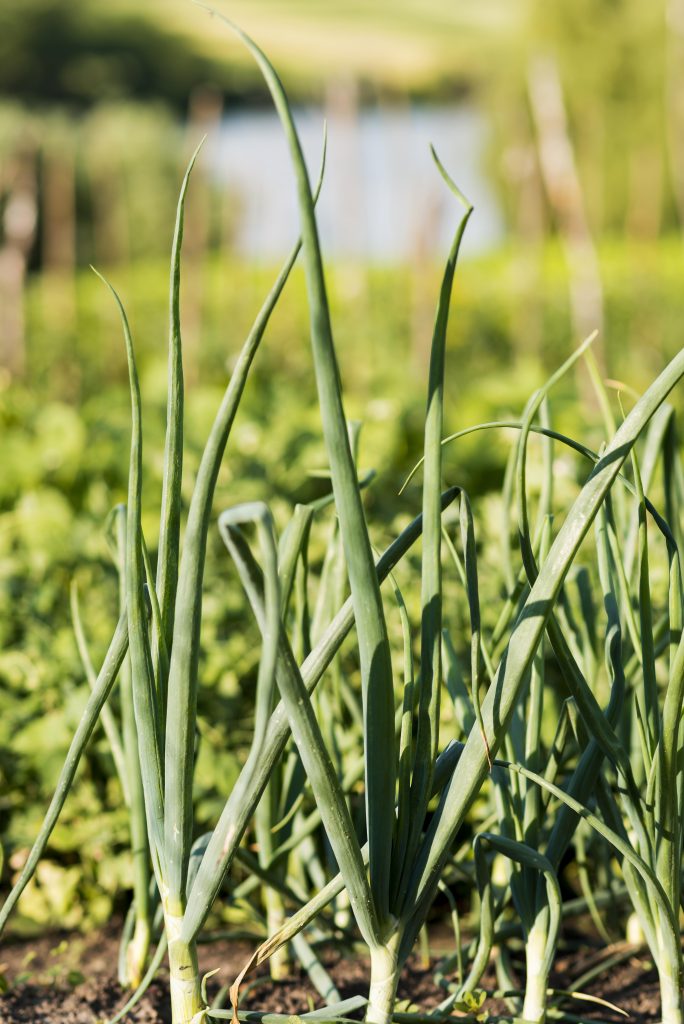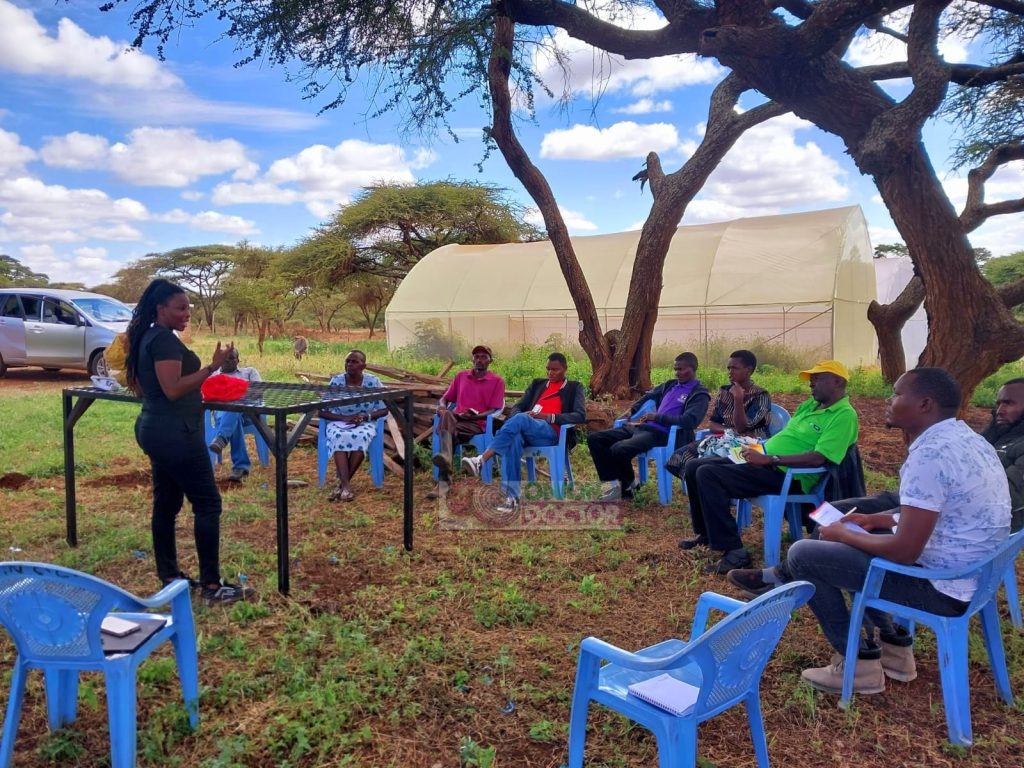Onion Farming in Kenya is a thriving agribusiness, driven by the high demand for this staple crop in local and regional markets. For farmers engaged in onion farming in Kenya, achieving optimal yields is both a challenge and an opportunity. One critical practice that can make or break your success in Onion Farming in Kenya is gapping. This technique ensures your onion field remains productive by addressing plant losses early in the growth cycle. At Onion Doctor, we are passionate about empowering farmers with the knowledge and tools to excel in onion farming in Kenya. In this comprehensive guide we will dive into the art and science of gapping, why it is essential for onion farming in Kenya and how you can implement it effectively to maximize your profits. Let us unlock the secret to a bountiful onion harvest!

WHAT IS GAPPING IN ONION FARMING
Gapping is the process of replacing dead or missing onion seedlings in a field with healthy ones to maintain an optimal plant population. In onion farming in Kenya, seedling losses can occur due to poor germination, pest damage, diseases or environmental factors like heavy rains or drought. These gaps in your field reduce the overall yield, as fewer plants means fewer bulbs at harvest. Gapping ensures that your field remains uniformly populated, allowing you to achieve the maximum yield potential. Why Gapping matters:
- Maximize Yield: Every missing plant is a lost bulb. Gapping ensures you harvest the full potential of your acre.
- Improves uniformity: A uniform plant stand leads to consistent bulb sizes, which fetch better market prices.
- Optimize Resources: By filling gaps, you make the most of your inputs like fertilizers, water, and labor.
- Reduces Weed Competition: Empty spaces invite weeds, which compete with onions for nutrients. Gapping minimizes this risk.
STEP BY STEP GUIDE TO GAPPING IN ONION FARMING IN KENYA
To help you succeed in onion farming in Kenya Onion Doctor has outlined a practical, step-by-step approach to gapping. Follow these steps to ensure your field is fully producti
ASSESS YOUR FIELD FOR GAPS
Walk through your onion field 1-2 weeks after transplanting to identify gaps. Look for:
- Missing plants where seedlings failed to establish.
- Wilted or yellowing seedlings that are unlikely to survive.
- Areas with uneven growth due to poor soil water distribution.
Tip: Conduct this inspection early in the morning when plants are turgid and it is easier to spot weak or dead seedling.
PREPARE HEALTHY REPLACEMENT SEEDLINGS
Source high-quality seedlings from a reputable supplier like Onion Doctor. Ensure your replacement seedlings are:
- Grown in a nursery with well-drained, fertile soil( pH6.0-7.0)
- About 6 weeks old and 15cm tall for optimal transplanting.
- Free from pests and diseases.

PREPARE THE FIELD FOR GAPPING
Before transplanting replacement seedlings:
- Remove Dead Plants: Gently pull out dead or dying seedlings to avoid disturbing healthy ones.
- Weed the area: Clear the weed around the gaps to reduce competition. Use selective herbicide for effective weed control.
- Improve Soil: Add well-decomposed manure or organic fertilizer to boost soil fertility in the gap areas.
- Irrigate: Lightly water the field to ensure the soil is moist but not waterlogged.
TRANSPLANT REPLACEMENT SEEDLINGS
- Dig small holes in the gaps, maintaining the original spacing of 10cm between plants and 30cm between rows.
- Place the seedlings roots into the hole and cover gently with soil.
- Press the soil lightly to secure the seedlings and ensure good root-soil contact.
- Water immediately after transplanting to reduce transplant shock.
Tips: Transplant in the early morning or late afternoon.
MONITOR AND MAINTAIN THE GAPPED FIELD
- Watering: Use drip irrigation to provide consistent moisture without water logging. Excess water can cause fungal diseases like Downey Mildew.
- Fertilization: Apply nitrogenous fertilizer in the 3rd and 6th weeks after gapping to support growth.
- Pest and Diseases control: Apply appropriate chemicals to manage thrips and fungicides to prevent diseases.
CHALLENGES OF GAPPING AND HOW TO OVERCOME THEM
While gapping is highly effective, it comes with challenges. Here is how to address them:
- Challenge: Replacement seedlings failing to establish.
- Solution: Ensure seedlings are healthy and transplant during cooler parts of the day. Use rooting hormones if necessary.
- Challenge: High cost of seedlings.
- Solution: Propagate your own seedlings in a nursery to reduce cost. Onion Doctor provides affordable seedlings for gapping.
- Challenge: Pest and Disease spread during the gapping.
- Solution: Inspect replacement seedlings for pests and diseases and treat the field with appropriate pesticides before transplanting.
- Challenge: Uneven growth after gapping.
- Solution: Maintain consistent irrigation and fertilization to help new seedlings catch up.
ONION DOCTOR`S ROLE IN SUPPORTING GAPPING
- Quality Seedlings: We supply disease-free high-yielding onion seedlings tailored for Kenyan conditions.
- Agronomic Support: Our experts provide on-farm training and free consultation to guide you through gapping and other practices.
- Soil Testing: We analyze your soil to ensure it is ideal for onion growth.
- Drip irrigation solutions: We install affordable drip systems for efficient water management.
- Value-Added Services: From farm planning to market linkages, we maximize profits.

Contact us for: Onion seedlings, Garlic seedlings, Germinated garlic cloves, Farm planning services, Soil testing, training on onion and garlic growing, Drip irrigation installation and maintenance, Agronomic support, Onion and Garlic value pack and Farm management. For free consultation, placing orders or booking a visit with an agronomist, please contact us via Call or what’s app +254703982228, Email: Info@oniondoctor.co.ke. You can also check out our social media handles for daily updates on TikTok: https://www.tiktok.com/@oniondoctorke?_t=ZM-8wmsTu0qumO&_r=1 Instagram: https://www.instagram.com/oniondoctorke?igsh=MTVoaHF3aWUydTJzaQ==Facebook:https://www.facebook.com/share/16SwgYn2dG/ Youtube:https://youtube.com/@oniondoctorke?si=u5Jnd-r0qU9UDYqL and Twitter: https://x.com/OnionDoctorKe?t=FR3JXlS_oN1vjjUgAtfyzg&s=09